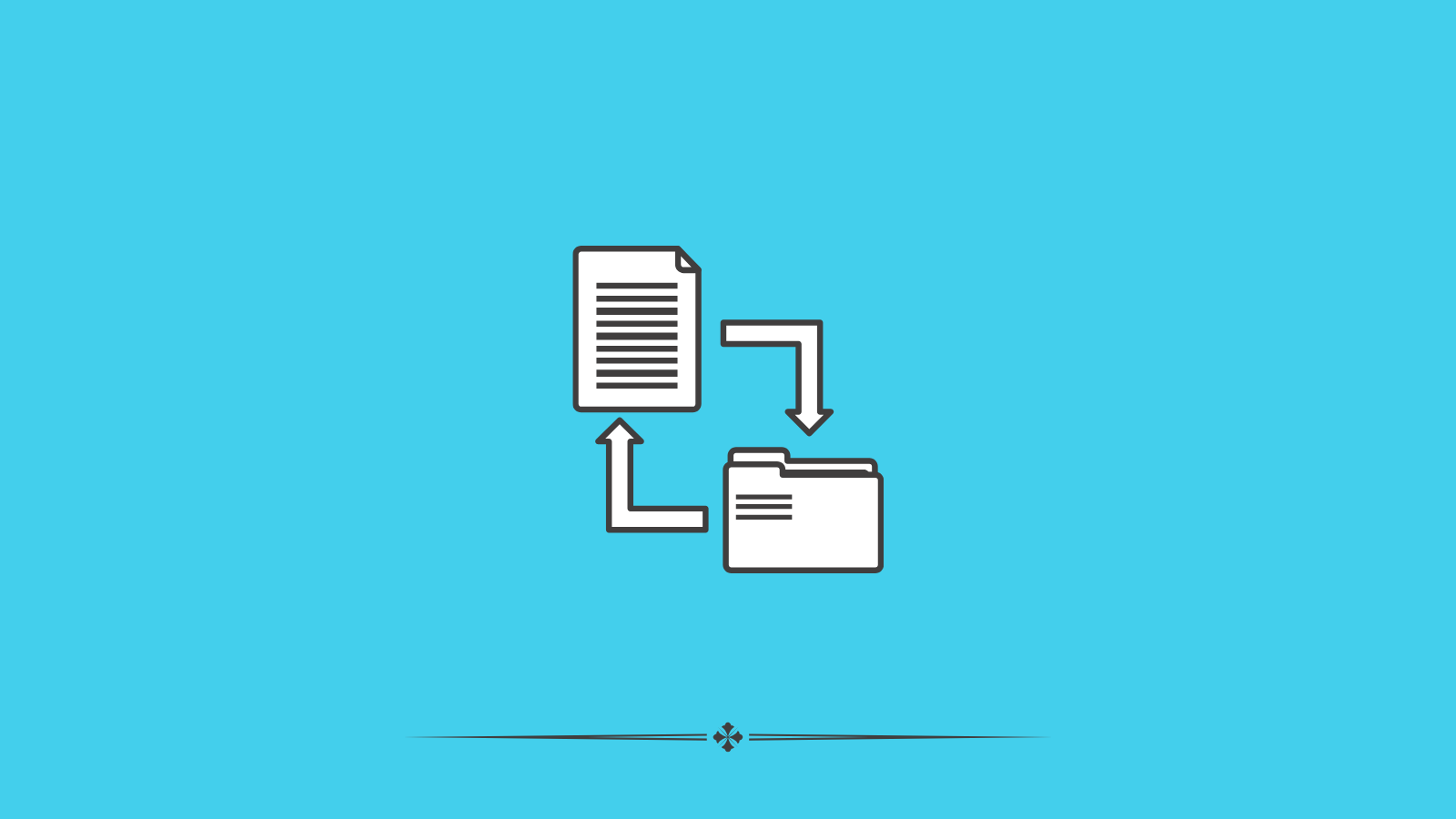Why Seamless File Exchanges Matter in Digital Marketing

Efficient and secure file exchange is not only crucial for smooth business operations but also integral to maintaining trust with clients, partners and stakeholders. Whether you’re a growing startup or a well-established enterprise, mastering digital marketing strategies for seamless file exchanges can improve brand reliability, enhance security and streamline communication.
In this article, we will explore actionable strategies that align file-sharing processes with modern digital marketing practices, focusing on optimization, security and leveraging data insights.
Chapters
- Optimizing file exchange processes for better efficiency
- Ensuring security in file exchanges
- Leveraging digital marketing tools for streamlined file exchanges
- Aligning file exchanges with SEO best practices
- Building trust through transparent file-sharing practices
- Conclusion: You can elevate your brand with seamless, secure file exchanges
Optimizing file exchange processes for better efficiency

Optimizing how files are shared across departments or with clients can improve operational flow, boost brand perception and save valuable time.
Embrace cloud-based solutions
Cloud storage solutions like have transformed file exchanges, allowing teams to access files from anywhere while minimizing server space on internal systems. Cloud storage not only provides a secure environment for document storage but also supports efficient sharing, with access restrictions that you can control. Integrating cloud storage into your marketing workflow can make your file-sharing processes more flexible, accessible and collaborative.
File compression tools for large files
When sending large files, compression tools can be highly effective. File compression formats, such as ZIP and RAR, reduce file size without affecting quality, which makes it so that physically distant teams can send large files over email or cloud systems smoother and faster. Platforms that offer file compression before transfer, can significantly improve upload and download speeds, especially for clients or team members who may not have the fastest internet connection.
Organize files with naming conventions and folder hierarchies
A clean file structure with consistent naming conventions ensures that documents are quickly accessible. Using standardized naming protocols with elements such as date stamps, project codes and version numbers will make it easier for users to identify files at a glance. Additionally, a folder hierarchy with categories for departments, projects, or file types can help keep files organized, avoiding redundancy and saving team members from unnecessary searching.
Regular audits to remove redundant files
Conducting regular file audits keeps your digital workspace organized and free from clutter. Over time, files accumulate, and without consistent review, outdated documents can slow down retrieval times. A monthly or quarterly audit schedule helps remove unnecessary or outdated files, making it easier to locate relevant documents when needed. This organization reflects well on your brand when clients interact with your file-sharing systems.
Ensuring security in file exchanges

With cyber threats on the rise, secure file exchange practices are vital to safeguard sensitive data and build client confidence.
Prioritize encrypted file transfer
Encryption converts files into secure code during transmission, ensuring that only authorized recipients can access the content. Encryption methods are commonly available in many file-sharing services as well as on dedicated platforms. For files containing sensitive information, end-to-end encryption ensures that data remains protected from unauthorized access, even if intercepted.
Implement two-factor authentication for added protection
Two-factor authentication (2FA) adds a layer of security by requiring users to verify their identity with a second credential, such as a one-time code sent to their phone. Requiring 2FA on file-sharing platforms ensures that even if login credentials are compromised, unauthorized access to files is prevented. Many platforms allow you to enable 2FA for specific folders or files, adding a targeted layer of protection for sensitive documents.
Educate your team on security best practices
Security is a team effort. Regular training sessions on safe file-sharing practices help reduce human error and ensure that team members understand the importance of secure exchanges. Cover topics such as spotting phishing attempts, recognizing secure (HTTPS) sites and creating strong passwords. An informed team can be one of your best defenses against cyber threats.
Leveraging digital marketing tools for streamlined file exchanges
The right digital marketing tools can enhance file-sharing efficiency, especially when integrated into broader marketing and communications workflows.
Automation for file distribution and notifications
There are marketing automation platforms that offer file-sharing capabilities that integrate directly into CRM workflows. These systems can send automated notifications and alerts for file exchanges, saving time and reducing human error. For instance, after a file is uploaded for client review, an automatic notification can be sent to the relevant parties, ensuring files are not overlooked.
Track file engagement and use data to improve efficiency
Tracking engagement with shared files, such as PDFs or presentations, offers insights into how your content is consumed. Some platforms allow you to track who opened a file, how much time they spent on each section and whether they forwarded it. This data-driven approach helps you understand which files or formats resonate most with your audience, enabling more refined sharing strategies.
Integrate file sharing with project management systems
Connecting file-sharing tools with project management platforms like Asana, Trello, or Monday can create a cohesive workflow, linking files directly to tasks and timelines. This integration simplifies access for team members, ensures accountability and keeps project-related documents centralized. A well-organized system reflects well on your brand’s efficiency and transparency.
Aligning file exchanges with SEO best practices

While often overlooked, incorporating SEO-friendly practices in file sharing can enhance your online visibility and improve searchability for both team members and clients.
Use descriptive filenames and metadata for easy searchability
When naming files, opt for descriptive titles that contain relevant keywords, making them more accessible to search engines and users alike. Metadata, including tags, descriptions and keywords, can enhance a file’s searchability, especially when shared in public forums or online storage accessible by clients. SEO-aligned naming practices improve internal searchability and align with best practices for web-based files.
Update shared files regularly to keep content fresh
Regularly reviewing and updating shared files ensures that your clients and team have access to the latest versions. This practice is especially beneficial when sharing files linked to evolving digital marketing materials, such as case studies, product information, or whitepapers. By keeping content relevant and updated, you reinforce your brand’s authority and expertise.
Provide accessible formats to improve user experience
Offering files in multiple formats, such as PDF, DOCX, or even HTML, allows clients with different preferences or software to access content without compatibility issues. Accessible formats reduce friction in user experience, making it easier for clients to interact with your shared files.
Building trust through transparent file-sharing practices
Transparency and reliability are essential in digital marketing and can be reinforced by adopting practices that build client confidence.
Establish clear guidelines on file permissions and access levels
Setting clear guidelines around who can access, edit and share files can prevent mishandling of sensitive information. Consider implementing tiered access permissions, where higher-level permissions are only granted to those who need them. Document these guidelines and share them with team members and clients to reinforce transparency.
Offer personalized support for file access and troubleshooting
Providing assistance with file access and troubleshooting shows commitment to client satisfaction. Ensure that your team is available to help clients navigate file-sharing platforms or troubleshoot common issues, like file download problems or access errors. Proactive support demonstrates a customer-first approach and builds long-term trust.
Conclusion: You can elevate your brand with seamless, secure file exchanges
Incorporating digital marketing strategies into your file exchange practices can improve efficiency, enhance security and build client trust. From optimizing file-sharing processes with cloud tools to tracking engagement and adopting SEO-friendly practices, these methods will help you maintain a professional and organized digital presence. Embrace these practices to streamline your operations and foster stronger relationships with clients and partners.
Create more and better content
Check out the following resources and Grow!